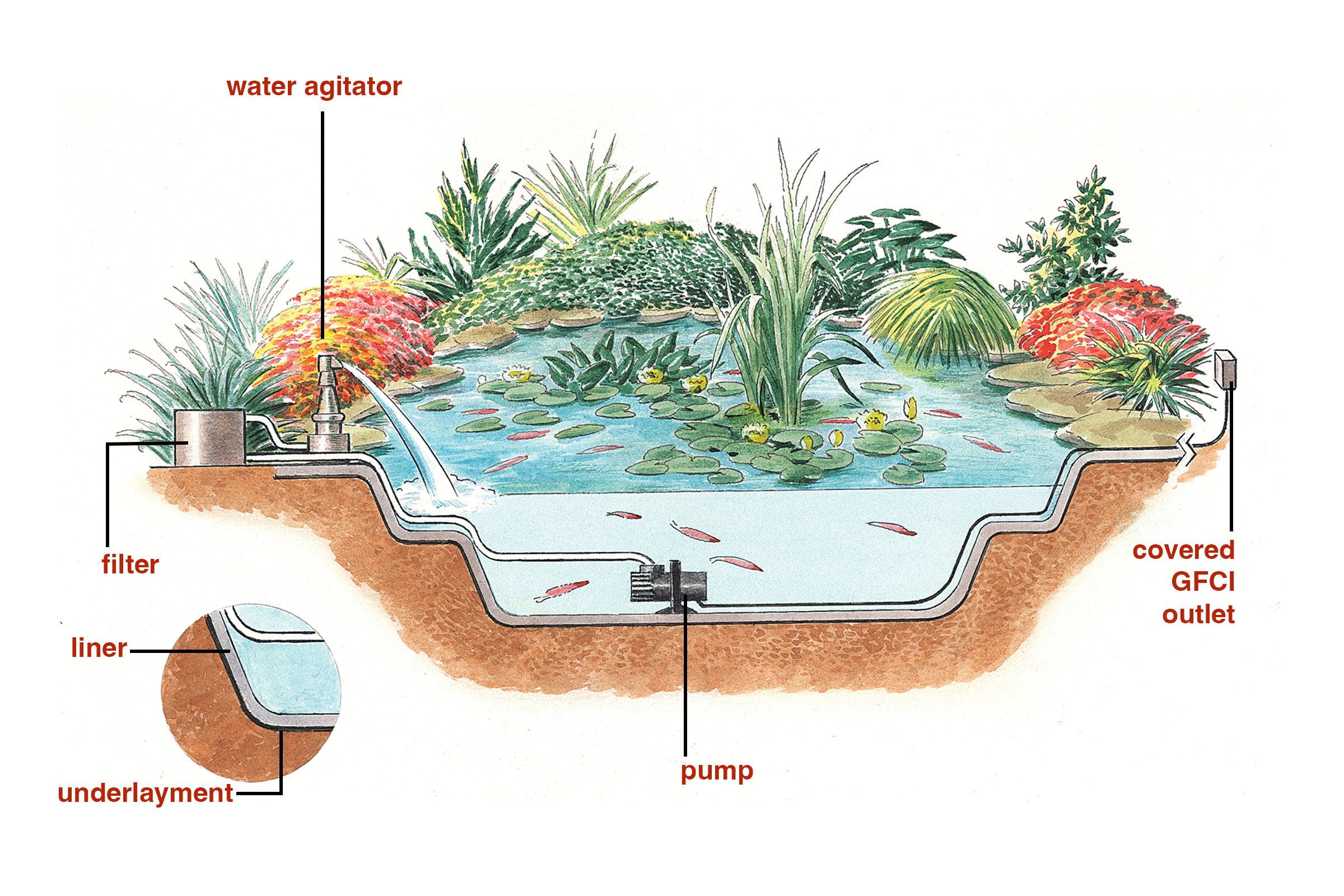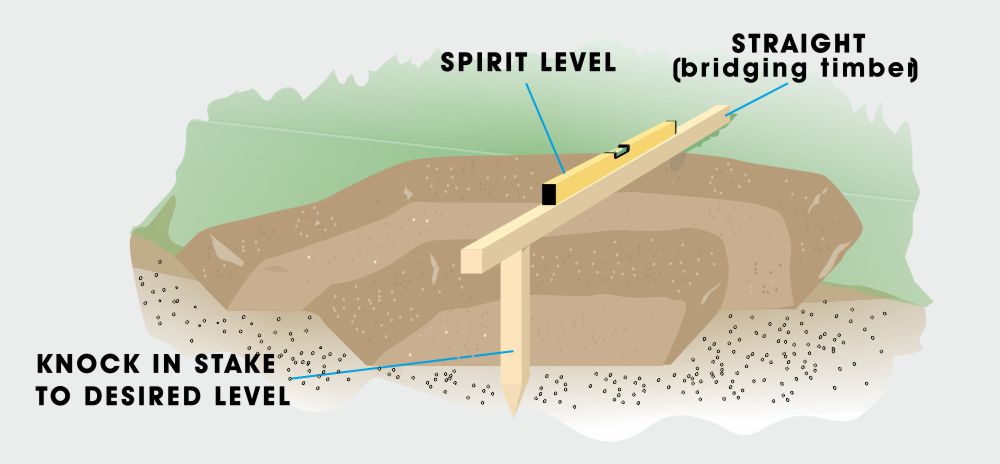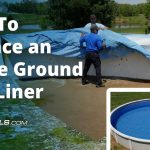Building up the sides of a pond is an essential step in creating a beautiful and functional water feature. Whether you are constructing a new pond or renovating an existing one, properly building up the sides is crucial for maintaining the structural integrity of the pond and preventing erosion. In this comprehensive guide, we will explore the step-by-step process of building up the sides of a pond to create a stunning and sustainable aquatic environment.

Credit: www.thisoldhouse.com
1. Planning and Preparation
Before you begin building up the sides of your pond, it is important to carefully plan and prepare for the construction process. Start by assessing the existing layout of the pond and determining the desired height and shape of the raised sides. Consider the natural topography of the surrounding landscape and ensure that the raised sides will seamlessly blend with the overall design.
Additionally, evaluate the soil composition and drainage patterns to determine the most suitable materials and construction methods for building up the pond’s sides. Proper planning and preparation are crucial for ensuring the long-term stability and functionality of the raised sides.
2. Selecting Suitable Materials
Choosing the right materials for building up the sides of a pond is essential for achieving both aesthetic appeal and structural integrity. Common materials for constructing raised pond sides include rocks, boulders, gravel, and soil. Each material has its unique characteristics and considerations, so it is important to select materials that are compatible with the overall design and function of the pond.
When selecting rocks and boulders, consider their size, shape, and color to create a visually appealing naturalistic effect. Gravel and soil should be chosen based on their drainage properties and ability to support plant growth. It is also important to ensure that the selected materials are durable and resistant to erosion, especially if the pond is located in an area prone to heavy rainfall or runoff.
3. Building the Retaining Wall
One of the most common methods for building up the sides of a pond is constructing a retaining wall. Retaining walls provide structural support and help to prevent soil erosion, while also adding visual interest to the pond’s design. When building a retaining wall for a pond, it is important to follow these key steps:
- Excavate the Area: Begin by excavating the area where the retaining wall will be built, ensuring that the foundation is stable and level.
- Install Drainage: Incorporate drainage features such as perforated pipes or gravel-filled trenches to prevent water buildup behind the retaining wall.
- Layer the Materials: Layer the chosen materials, such as rocks or boulders, in a structurally sound manner, ensuring that each layer is securely positioned to withstand the pressure of the soil and water.
- Backfill and Compact: Backfill the area behind the retaining wall with soil and compact it to provide additional support and stability.
- Finish with Plantings: Consider adding plantings along the top of the retaining wall to soften its appearance and enhance the natural beauty of the pond.
4. Incorporating Plantings
Integrating plantings into the raised sides of a pond not only enhances its visual appeal but also contributes to the overall ecosystem and water quality. When selecting plants for the pond’s sides, consider factors such as sunlight exposure, water depth, and soil moisture. Choose a variety of aquatic and marginal plants to create a diverse and vibrant edge around the pond.
Plantings can be strategically placed along the raised sides to stabilize the soil, filter excess nutrients from the water, and provide habitat for wildlife. Additionally, the foliage and blooms of the plants will add seasonal interest and natural beauty to the pond, creating a harmonious balance between the aquatic and terrestrial elements of the landscape.

Credit: www.instructables.com
5. Implementing Erosion Control Measures
Preventing erosion is a critical consideration when building up the sides of a pond. Erosion control measures such as erosion fabric, geotextiles, and riprap can be incorporated into the construction process to protect the raised sides from the effects of water movement and weathering. These measures help stabilize the soil, reduce sedimentation, and maintain the integrity of the pond’s banks.
By implementing erosion control measures, you can ensure the long-term stability and functionality of the raised sides while preserving the water quality and overall ecological balance of the pond. Proper erosion control is an essential component of sustainable pond construction and maintenance.
6. Regular Maintenance and Monitoring
Once the sides of the pond have been built up, it is important to establish a regular maintenance and monitoring routine to ensure their continued stability and performance. Periodically inspect the retaining walls, plantings, and erosion control measures to identify any signs of wear, movement, or damage.
Additionally, monitor the water level and quality to detect any issues that may affect the stability of the raised sides. By proactively addressing maintenance needs and promptly addressing any concerns, you can preserve the integrity and beauty of the pond for years to come.
Conclusion
Building up the sides of a pond is a multifaceted process that requires careful planning, selection of suitable materials, and implementation of effective construction and maintenance techniques. By following the steps outlined in this guide, you can create a stunning and sustainable aquatic environment that enhances the natural beauty of your landscape while providing habitat for a diverse array of plant and animal life.
Remember, the key to successful pond construction lies in thoughtful consideration of the unique characteristics of your site, selection of appropriate materials, and commitment to ongoing maintenance and care. With these principles in mind, you can build up the sides of your pond with confidence, knowing that you are creating a lasting and harmonious addition to your outdoor space.





